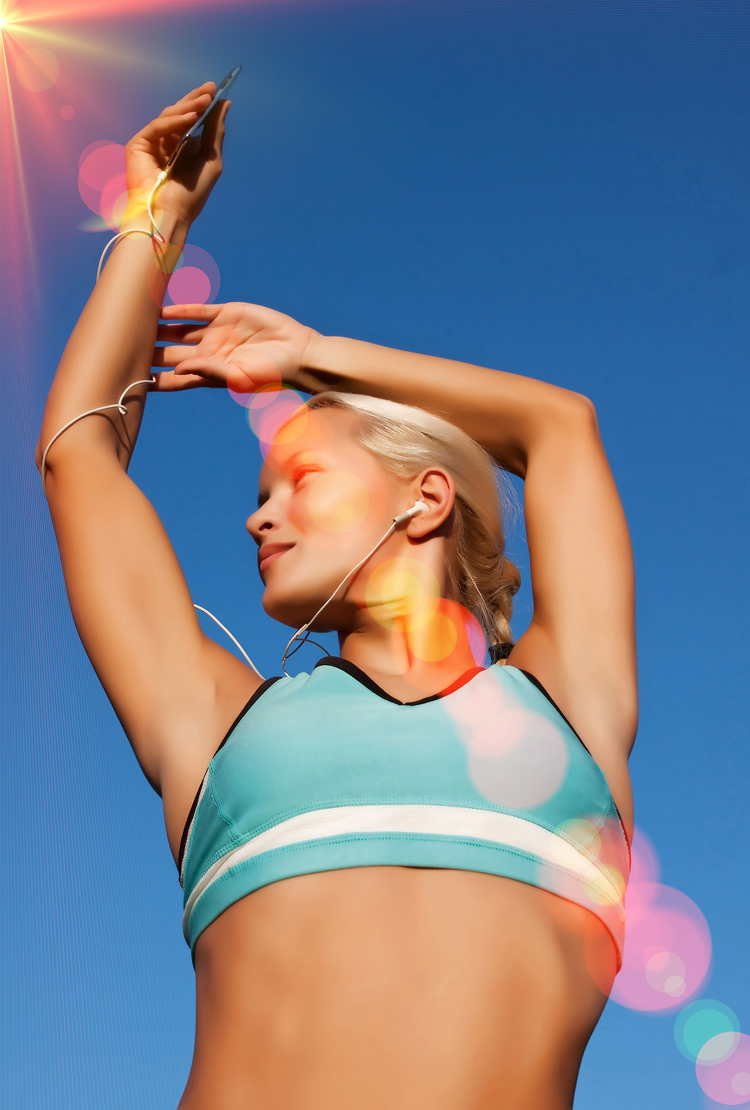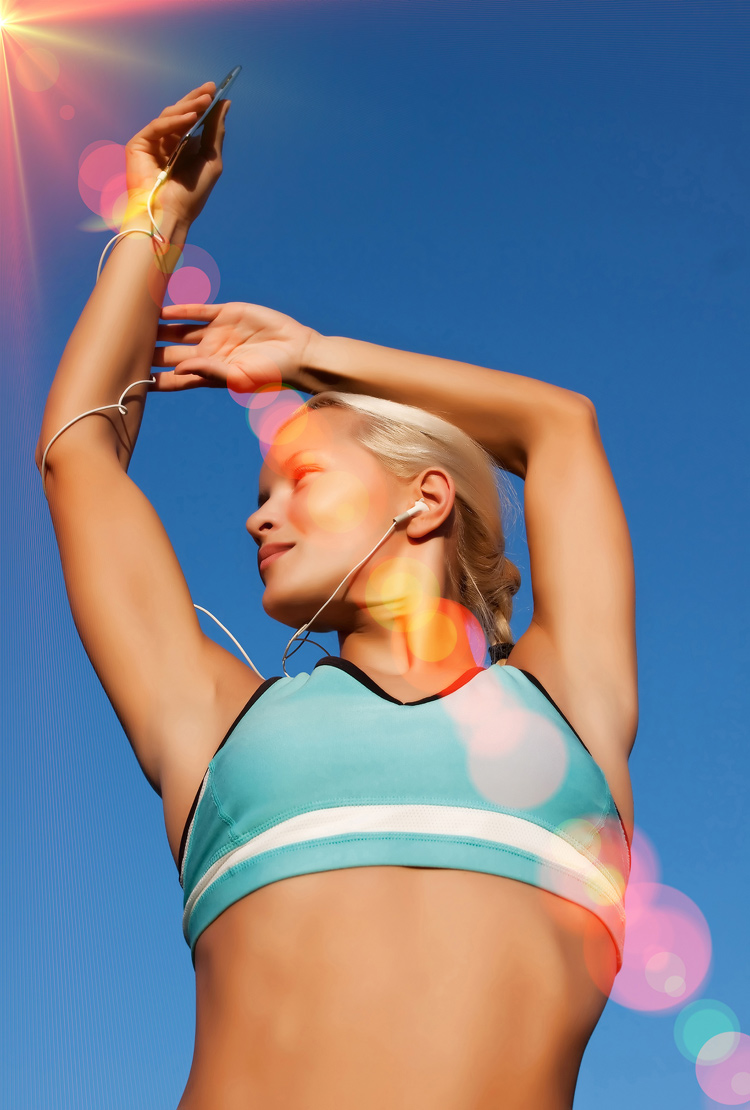
Tips For Exercising In Hot Weather
Monday, April 4, 2016
Is it safe to exercise in hot weather?
Is exercising in hot weather safe?
7 tips to exercise safe in hot weather.
With Summer officially here, you may be thinking it's the perfect excuse to tuck away your training schedule until the temperature drops. But exercising in heat is generally safe for most people and has additional weight loss benefits. The key is to exercise smart and take precautions to avoid serious conditions such as heat exhaustion and heatstroke.

We've put together 7 tips that will help you exercise safely in hot weather.
- Don't forget to check the humidity
Most people look at the temperature but the humidity is also vitally important. Humidity effects our ability to sweat which regulates our internal temperature. With high humidity sweat can't evaporate as efficiently, increasing the risk of heat related illness.
- Hydrate before, during and after
Drink plenty of water 30 - 60 minutes before exercise. During a workout drink water periodically and afterwards during the recovery period drink beyond thirst cessation. Get familiar with the signs of dehydration so you don't miss any warning signs. If the duration of your exercise is longer than 60 minutes a sports drink may be beneficial.
- Plan your clothing
Wear light coloured clothing with breathable properties that will absorb the sweat and move it away from your body, keeping you cooler. We lose a large amount of heat through the crown of our head so when choosing a hat choose a lightweight cap or visor with good ventilation. Don't forget sunscreen and sunglasses.
- Choose your timing
Avoid exercising outside in peak heat which is usually around midday. The morning or late afternoon is the ideal time during summer.
People that spend a considerable amount of time outdoors will be more conditioned to the extremities in temperature and may find it easier to exercise in the heat. If you work in an air conditioned environment, avoid extreme temperature changes by giving your body time to adjust to the warm temperature before exercising.
- Listen to your body
If you start to experience headaches, nausea, cramps or struggle to catch your breathe stop exercising. These are all symptoms of heat stroke which is deadly and requires immediate medical attention.
Just 30% of the energy your body generates is for the movement of muscles, the other 70% goes to cooling you down. When it's hot more blood is diverted from your muscles to your skin which makes the intensity higher.
- Cool your body down
It's inevitable that you will get hot, the key is to not overheat. Spritz yourself with cool water during your workout and have a cool shower post-workout to take the edge of your body heat. If you feel like you can't drink any more water, chew on ice cubes.
- Head inside for tough workouts.
It may not be as scenic as the outdoors but exercising inside, especially for tough workouts is a good idea when the temperature rises.
